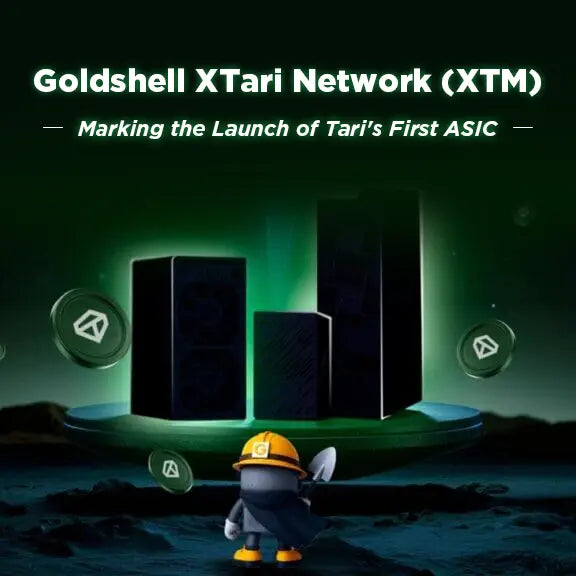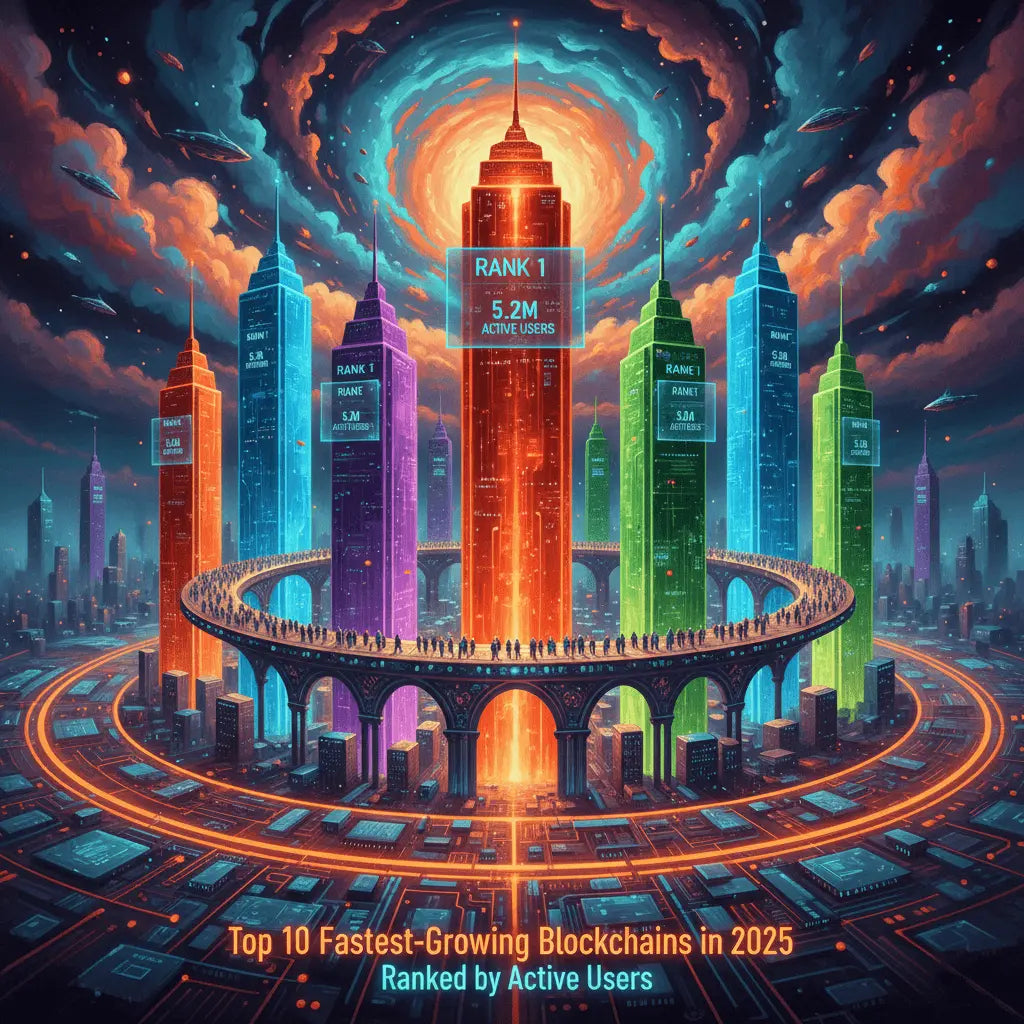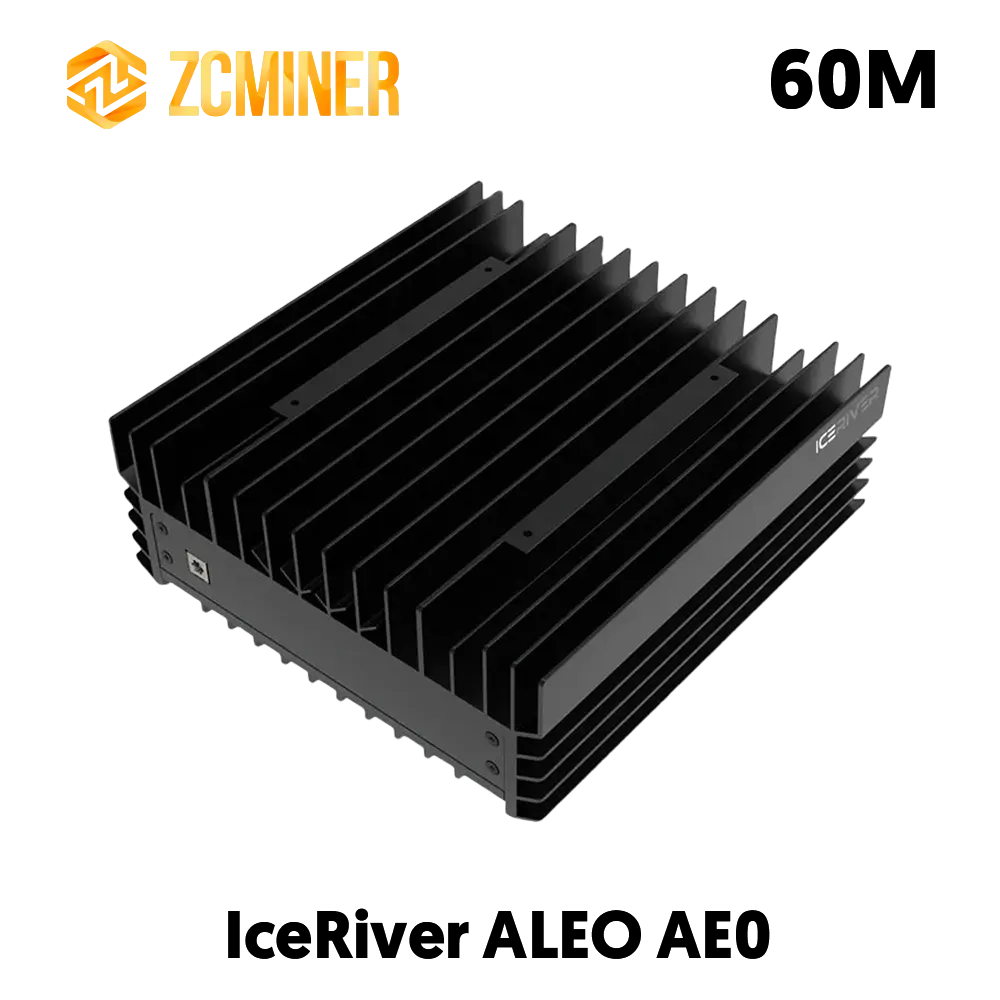Goldshell, a leading manufacturer of cryptocurrency mining hardware, has announced the launch of the first ASIC miner dedicated to the Tari Network (XTM). This milestone marks a significant moment for the Tari ecosystem and the global crypto mining community. As a next-generation privacy-focused blockchain, Tari combines Monero’s privacy DNA with a dual-layer architecture designed to support programmable digital assets and decentralized applications.
With Goldshell’s innovative ASIC miner, miners around the world now have a highly efficient and professional way to participate in the Tari network, strengthening its computational power and enhancing overall network security.

Tari Network: Combining Privacy and Programmable Digital Assets
Privacy remains a key theme in the evolving cryptocurrency landscape. Leading privacy projects such as Monero (XMR) and Zcash (ZEC) have demonstrated strong market potential, with XMR reaching a market cap of $6 billion. Tari, as an emerging privacy-focused blockchain, offers a unique economic model and governance structure, positioning itself at the forefront of privacy innovation in Web3.
Tari’s dual-layer architecture is designed to resolve the trade-offs faced by traditional blockchains, including scalability, security, and decentralization, while providing dedicated infrastructure for next-generation digital assets such as NFTs, in-game items, loyalty points, and ticketing systems.
Dual-Layer Architecture: MinoTari and Ootle Networks
Tari’s blockchain is split into two layers:
-
Layer 1 (L1) – MinoTari Network: Powered by the XTM token, secured through four mining algorithms to ensure top-level network security.
-
Layer 2 (L2) – Ootle Network: Powered by the XTR token, which is used as gas fees for executing smart contracts and managing digital assets.
The dual-token economic cycle maintains ecosystem stability: Layer 2 consumes XTR → XTR circulation decreases → users burn XTM to mint new XTR, maintaining a dynamic balance across the network. A partial burn mechanism ensures the network adapts in real time, stabilizing the total token supply of 21 billion XTM/XTR tokens.


Tokenomics and Mining Incentives
Tari’s tokenomics are designed to incentivize miners and support network security:
-
Total supply: 21 billion tokens
-
Distribution: 30% pre-mined (team, private placement, ecosystem funds), 70% mined gradually over 12 years

-
Inflation: Post-mining, moderate annual inflation of ~1% ensures continued network incentives

Mining Mechanism: 70% of the total supply (14.7 billion XTM) will be mined using four algorithms:
-
Tari RandomX Merge Mining (CPU): Merge-miners can mine Monero while simultaneously mining Tari without additional computational cost.
-
Tari RandomX Mining (CPU): CPU miners can independently mine Tari.
-
SHA-3x Algorithm (ASIC/FPGA): High-efficiency, secure hashing algorithm suitable for ASICs and FPGAs.
-
Cuckaroo29 (C29) Algorithm (GPU): Graph-theory-based algorithm optimized for GPU mining.
Block rewards decrease gradually every 3 years, with a 12-year mining cycle ensuring long-term decentralization and security.
Why Tari is a Game-Changer for Web3 Privacy Applications
Built by the Monero core team, Tari combines strong privacy features with a scalable Layer 2 for programmable digital assets. Its “privacy-first L1 + scalable L2” architecture provides a complete platform for the development of privacy-focused applications in Web3.
The launch of Goldshell’s first Tari ASIC miner empowers miners globally to participate efficiently in the network, while Tari’s dual-layer architecture and innovative tokenomics create a stable, secure, and scalable environment for the future of digital assets.
Tari is poised to become a leading privacy blockchain protocol, offering both developers and investors opportunities to engage with secure, privacy-focused digital ecosystems.
References











Deja un comentario
Este sitio está protegido por hCaptcha y se aplican la Política de privacidad de hCaptcha y los Términos del servicio.